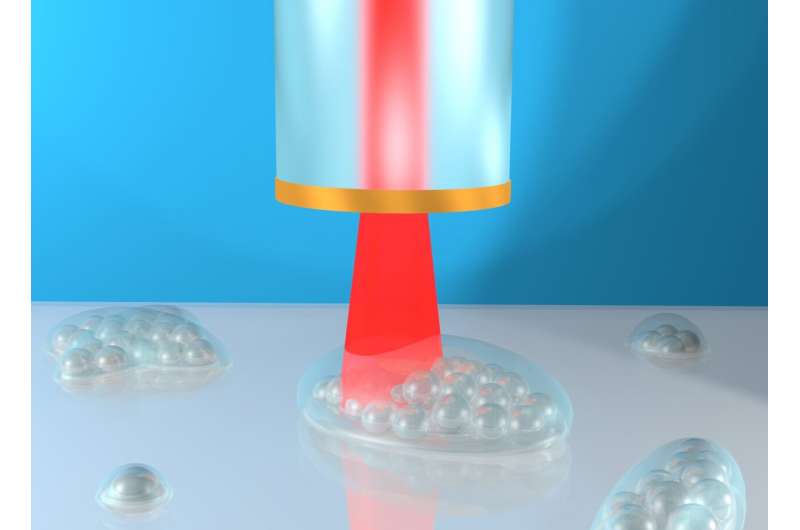Scientists at the University of Nottingham have developed an ultrasonic imaging system, which can be deployed on the tip of a hair-thin optical fiber, and will be insertable into the human body to visualize cell abnormalities in 3D. T
.
he new technology produces microscopic and nanoscopic resolution images that will one day help clinicians to examine cells inhabiting hard-to-reach parts of the body, such as the gastrointestinal tract, and offer more effective diagnoses for diseases ranging from gastric cancer to bacterial meningitis. The highlevel of performance the technologydeliversis currentlyonly possible instate-of-the-artresearch labswith large, scientific instruments—whereasthis compact system has the potential to bring it into clinical settings to improve patient care. The Engineering and Physical Sciences Research Council (EPSRC)-funded innovation also reduces the need for conventional fluorescent labels—chemicals used to examine cell biology under a microscope—which can be harmful to human cells in large doses. The findings are being reported in a new paper, titled “Phonon imaging in 3D with a fiber probe,” published in […]
Case Study: How PepsiCo achieved 96% cost savings on tooling with 3D Printing Technology
Above: PepsiCo food, snack, and beverage product line-up/Source: PepsiCo PepsiCo turned to tooling with 3D printing...





0 Comments